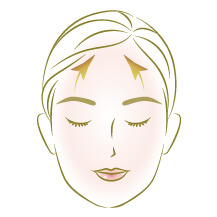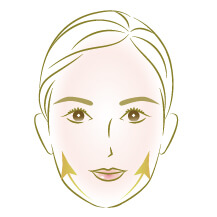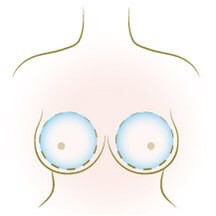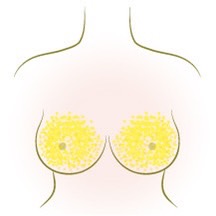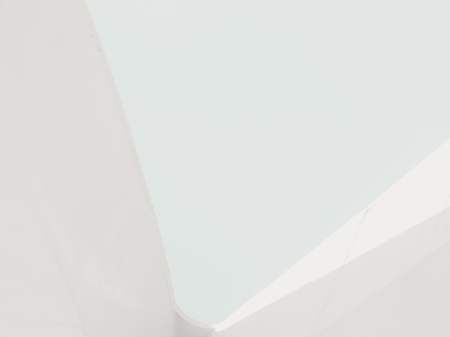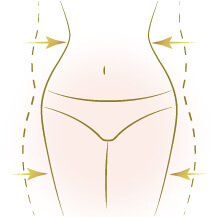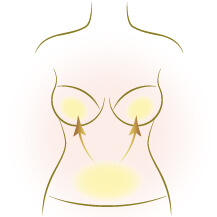Facial cosmetic surgery
Middle and Lower Face and Neck Lift
FACIALPLASTY
FACIALPLASTY
Middle and Lower Face and Neck Lift
- Principle
- Before and After
- Case Study
The aging of the middle and lower face and neck has several distinct features:
1. Nasal lines
2. Puppet pattern
3. Mouth meat
4. Turkey neck
5. Double chin
6. Wrinkles on the face
2. Puppet pattern
3. Mouth meat
4. Turkey neck
5. Double chin
6. Wrinkles on the face
These aging characteristics of the lower middle face and neck are mostly caused by two factors:
1. Laxity and sagging of the skin and soft tissues
2. loss of soft tissue
The patient must decide a treatment method that is most suitable for him after full discussion with the doctor according to his own problems and conditions:
1. Laxity and sagging of the skin and soft tissues
2. loss of soft tissue
The patient must decide a treatment method that is most suitable for him after full discussion with the doctor according to his own problems and conditions:
| Middle and lower face and neck Ageing | Treatment Methods | |||
| Non-Invasive | Moderately Invasive | Invasive | ||
| Skin and Soft Tissue, Slack and Sagging | Radio Wave | Superficial treatment | Buried thread pulling (thread pulling) | Middle and Lower Face and Neck Lift |
| Sonic Lapi | Deep Treatment | |||
| Soft Tissue Loss | Hyaluronate Injections, Tongyan injection...etc filler injections | A---------------------utologous fat grafting | ||
Middle and Lower Face and Neck Lift
The most effective and long-lasting treatment for drooping skin and soft tissue is without a doubt middle and lower face and neck facelift surgery. Because it can solve two significant issues:
– Superficial skin sagging, with
– Deep soft tissue (fascial SMAS) sagging
Do a two-layer comprehensive treatment.
Success of surgery
In the first step, the superficial skin and the deep soft tissue (SMAS) need to be completely peeled and separated.
In the second step, the two separated layers need to be pulled up and fixed together, and the excess skin tissue should be removed.
The third step depends on the patient’s condition, with autologous fat transplantation to improve soft tissue loss and depression
– Deep soft tissue (fascial SMAS) sagging
Do a two-layer comprehensive treatment.
Success of surgery
In the first step, the superficial skin and the deep soft tissue (SMAS) need to be completely peeled and separated.
In the second step, the two separated layers need to be pulled up and fixed together, and the excess skin tissue should be removed.
The third step depends on the patient’s condition, with autologous fat transplantation to improve soft tissue loss and depression
| Middle and Lower Face and Neck Lift | |
|---|---|
| Surgery Time | 6-8 hours |
| Anesthesia Method | General anesthesia, a day in the hospital |
| Recovery Period | Most patients feel relieved approximately two weeks after surgery, when the bruising and swelling are most noticeable after 3 or 4 days. In roughly 7 to 10 days, the stitches are removed. |

Dr. Chen’s surgical incision will be along the hairline, earlobe, and behind the ear, hiding the scar in a place that is not easy to see. In addition, because the deep tissue is also pulled and fixed, the tension of the suture wound is mainly in the deep layer; epidermal wound suture is almost impossible. Tension, postoperative scars are very inconspicuous.
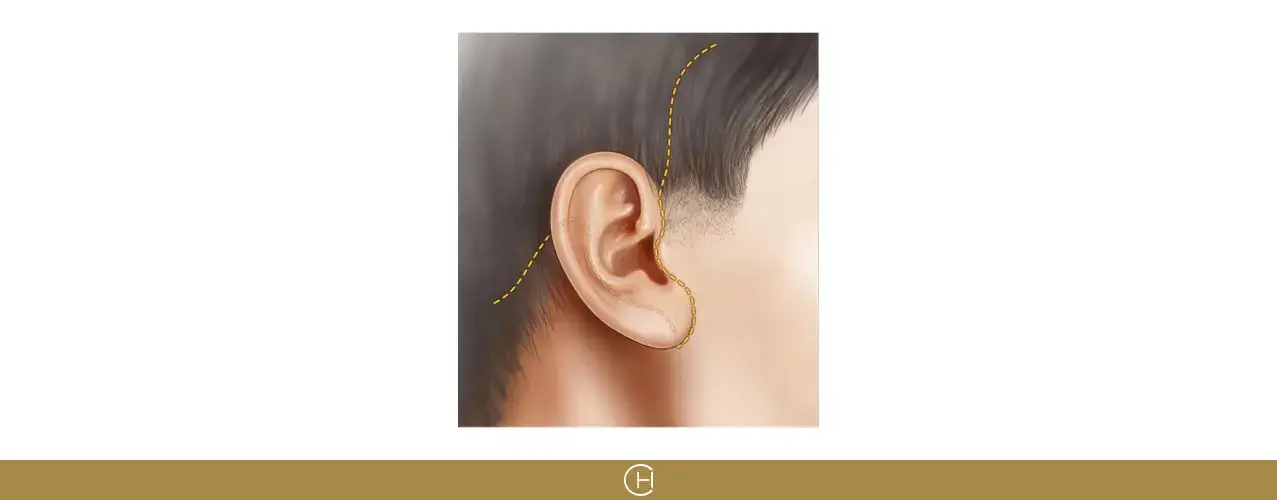
Occult surgical incision.
Source: Markings. In: Rohrich R, Sinno S, Afrooz P, ed. Masters of Cosmetic Surgery—The Video Atlas: The Dallas Cosmetic Model. 1st Edition. New York: Thieme; 2021. doi:10.1055/b000000369
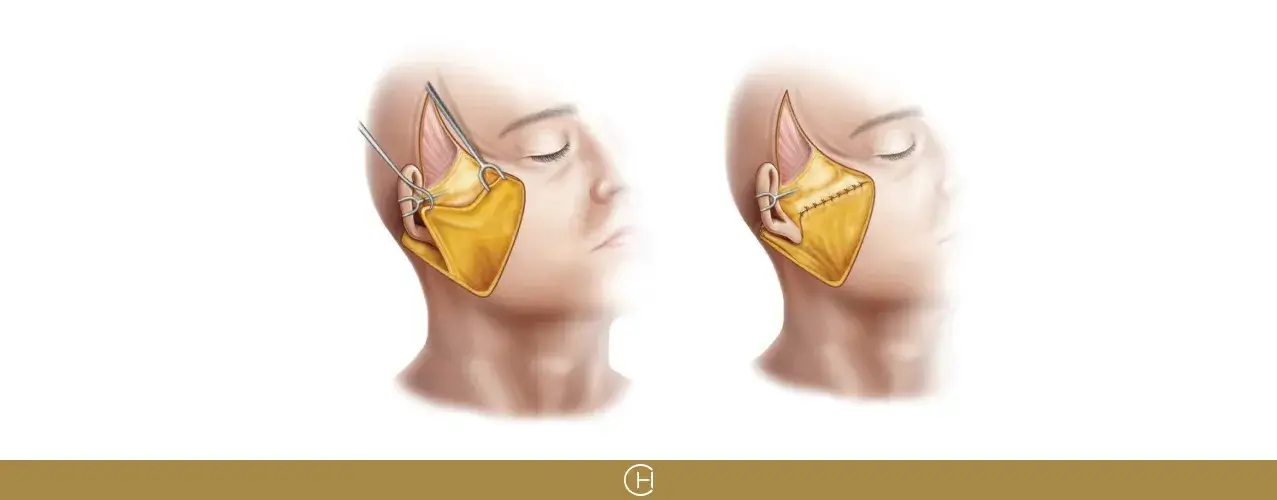
The deep fascial layer (SMAS) is completely removed, lifted and fixed.
Source: Operative Details—SMAS Dissection. In: Rohrich R, Sinno S, Afrooz P, ed. Masters of Cosmetic Surgery—The Video Atlas: The Dallas Cosmetic Model. 1st Edition. New York: Thieme; 2021. doi:10.1055/b000000369

The superficial skin is completely removed, lifted and fixed.
Source: Operative Details—SMAS Dissection. In: Rohrich R, Sinno S, Afrooz P, ed. Masters of Cosmetic Surgery—The Video Atlas: The Dallas Cosmetic Model. 1st Edition. New York: Thieme; 2021. doi:10.1055/b000000369
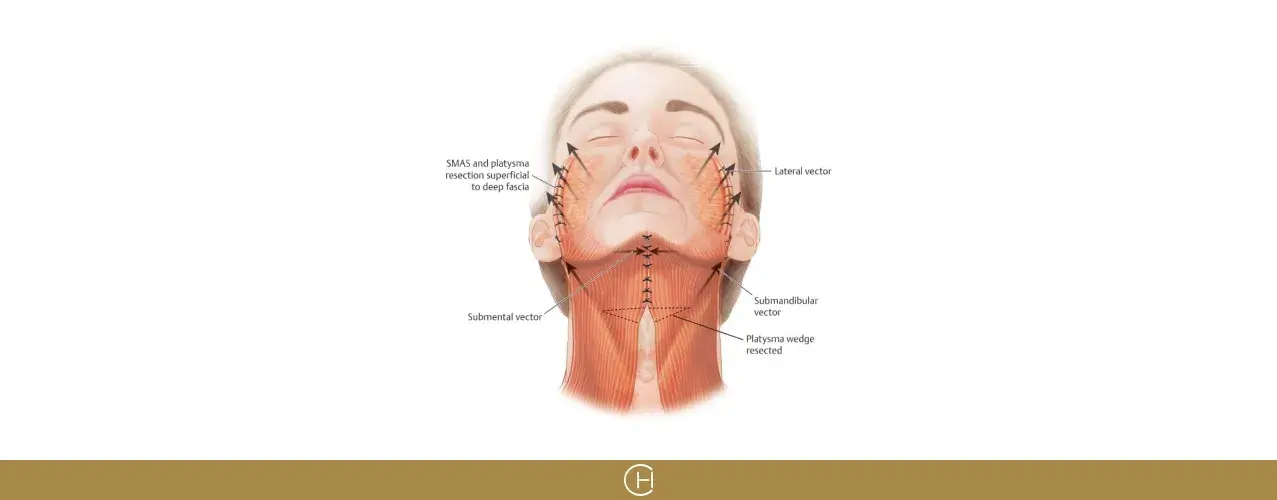
The superficial skin and deep fascia layer (SMAS) pull direction.
If the turkey neck of the patient is obvious, an incision should be added at the mandible (the scar is not easy to be found), and the suture and excision of the neck dilator muscle should be added.
If the turkey neck of the patient is obvious, an incision should be added at the mandible (the scar is not easy to be found), and the suture and excision of the neck dilator muscle should be added.
Source: Operative Details—SMAS Dissection. In: Rohrich R, Sinno S, Afrooz P, ed. Masters of Cosmetic Surgery—The Video Atlas: The Dallas Cosmetic Model. 1st Edition. New York: Thieme; 2021. doi:10.1055/b000000369
Anesthesia and preoperative planning
1. It is advised to use general anesthetic for the middle, lower, and neck face lifts.
2. Before having surgery, you must tell your doctor if you have any drug sensitivities.
3. Anticoagulant medications must be stopped for a week before to surgery to prevent intraoperative and postoperative bleeding.
4. Smoking should also be avoided for at least two weeks before and after surgery.
5. Before having surgery, experts advise that you should have any systemic problems, such as high blood pressure, heart disease, diabetes, aberrant thyroid function, etc., controlled and stabilized.
6. Please let your surgeon know before surgery if you or anybody in your family has swollen feet or hypertrophic scars.
2. Before having surgery, you must tell your doctor if you have any drug sensitivities.
3. Anticoagulant medications must be stopped for a week before to surgery to prevent intraoperative and postoperative bleeding.
4. Smoking should also be avoided for at least two weeks before and after surgery.
5. Before having surgery, experts advise that you should have any systemic problems, such as high blood pressure, heart disease, diabetes, aberrant thyroid function, etc., controlled and stabilized.
6. Please let your surgeon know before surgery if you or anybody in your family has swollen feet or hypertrophic scars.
Recovery process and post-operative care
1. It is recommended to apply ice for 5-7 days, 10 minutes per hour, to reduce pain and bruising
2. Prophylactic antibiotics, anti-inflammatory, analgesic, detumescence, hemostasis, and other oral medicines will be given for three days after surgery;
3. The wound care team will prescribe eye ointment to change the dressing. Change the dressing once in the morning and evening. Use normal saline or boiled water to clean the wound, clean the scabs, secretions and the old ointment, and then apply a new one. ointment
4. The sutures will be removed about 10-14 days after the operation
5. After the stitches are removed, it is recommended to warm the skin (the temperature of the face wash water in the morning in winter), 10 minutes per hour, can accelerate the relief of bruises
6. The degree of postoperative bruising and swelling varies from person to person. Generally, it is most obvious 3 or 4 days after the operation, and most patients can be relieved about two weeks after the operation.
7. After the operation, you can shampoo your hair, face, take a bath as normal, dry it immediately after washing, and then apply the ointment. But avoid swimming, splashing in the water by the seaside stream and soaking in hot springs
8. Avoid strenuous activities after surgery, such as heavy training, running, mountaineering, rock climbing…etc. It can increase blood pressure and cause bleeding, or open wounds.
9. The diet is generally normal, but avoid tobacco, alcohol and spicy food (too spicy and salty)
2. Prophylactic antibiotics, anti-inflammatory, analgesic, detumescence, hemostasis, and other oral medicines will be given for three days after surgery;
3. The wound care team will prescribe eye ointment to change the dressing. Change the dressing once in the morning and evening. Use normal saline or boiled water to clean the wound, clean the scabs, secretions and the old ointment, and then apply a new one. ointment
4. The sutures will be removed about 10-14 days after the operation
5. After the stitches are removed, it is recommended to warm the skin (the temperature of the face wash water in the morning in winter), 10 minutes per hour, can accelerate the relief of bruises
6. The degree of postoperative bruising and swelling varies from person to person. Generally, it is most obvious 3 or 4 days after the operation, and most patients can be relieved about two weeks after the operation.
7. After the operation, you can shampoo your hair, face, take a bath as normal, dry it immediately after washing, and then apply the ointment. But avoid swimming, splashing in the water by the seaside stream and soaking in hot springs
8. Avoid strenuous activities after surgery, such as heavy training, running, mountaineering, rock climbing…etc. It can increase blood pressure and cause bleeding, or open wounds.
9. The diet is generally normal, but avoid tobacco, alcohol and spicy food (too spicy and salty)
Follow-ups and complications
1. A modest receding of the hairline. Consider an endoscopic forehead lift with an incision at the front of the hairline if your forehead is too high.
2. There is a danger of infection, hemorrhage, inadequate wound healing, etc. with any operation.
3. Although all surgeries leave scars, the plastic surgeon will meticulously stitch and use extremely thin sutures to tuck the scars into the creases of the skin and the borders of the hair, making them less noticeable and more difficult to locate. Even so, the scar may still be momentarily red, elevated (1-2 months after the operation), itchy, and numb before it stabilizes, but it will typically gradually decrease after two to six months. obvious.
2. There is a danger of infection, hemorrhage, inadequate wound healing, etc. with any operation.
3. Although all surgeries leave scars, the plastic surgeon will meticulously stitch and use extremely thin sutures to tuck the scars into the creases of the skin and the borders of the hair, making them less noticeable and more difficult to locate. Even so, the scar may still be momentarily red, elevated (1-2 months after the operation), itchy, and numb before it stabilizes, but it will typically gradually decrease after two to six months. obvious.







